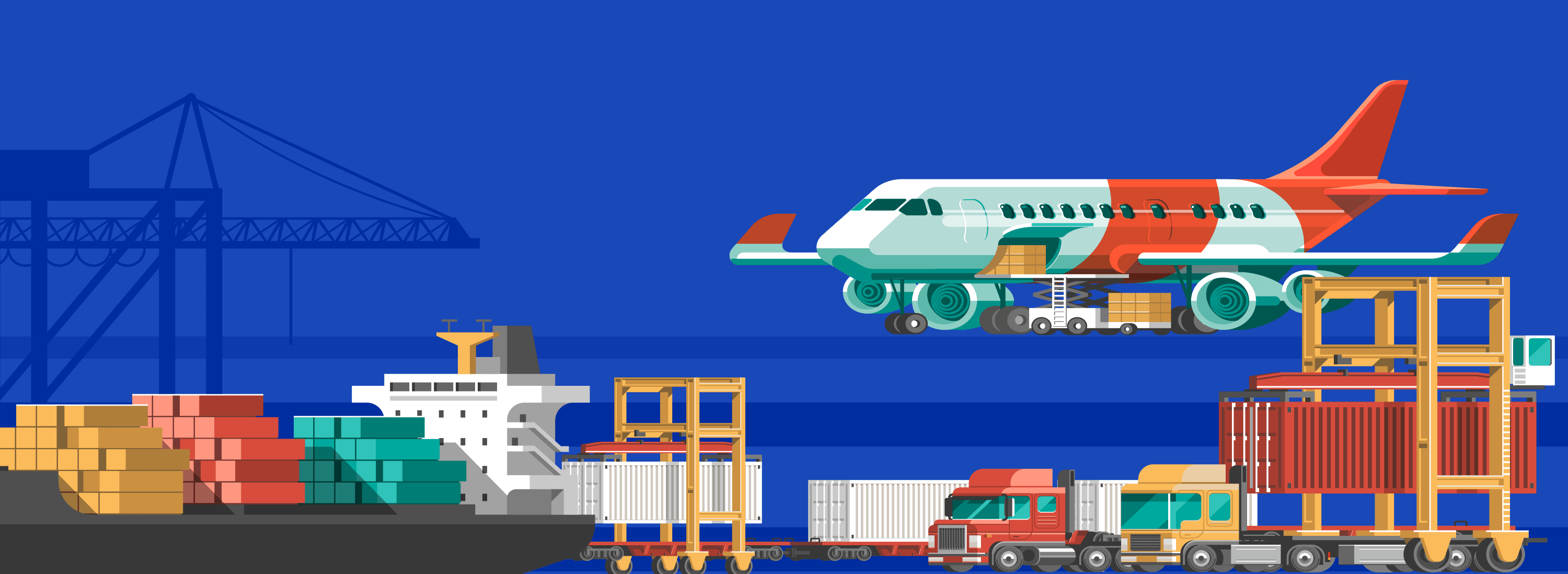
Explaining intralogistics
At its core, intralogistics refers to improving and integrating the logistics around the handling of physical material and data inside a warehouse or in an internal production setting. More recently this approach has also been taken to apply to a wider range of issues that cover supply chains, manufacturing, and logistics in a broader sense.
What are the benefits for businesses?
In the main, applying intralogistics to your facility and your supply chain involves getting goods from A to B in the most efficient manner possible with the assistance of technology. The concept also extends to impact logistics on a wider scale, across facilities, and across borders.
Intralogistics involves data collection and analysis which enables your business to implement efficiency features both inside the warehouse and across your organization. Data can help your business prevent unnecessary staff and vehicle journeys while making sure stock is replenished on time. What's more, there are multiple use cases for machine learning in manufacturing.
It all leads to a leaner, more productive business that is better informed and more responsive. This is why companies around the world are starting to understand the benefits of applying this innovative way of thinking:
- Toyota recently unveiled an entire division devoted to intralogistics with TALS (Toyota Advanced Logistics Solutions) set up in response to the current challenges surrounding the e-commerce and productivity requirements of materials handling and production processes.
- At IMHX 2019 event director Rob Fischer stated that “the logistics sector is taking all forms of technology seriously and that automation, robotics and AI are going to have a bigger impact than ever before as warehouse operators look to optimize their intralogistics operations over the next five years”.

What are technology enablers?
Intralogistics is in essence enabled by technology. It relies on a mix of sensors, logic, and software to automate processes and improve efficiency. These are some of the most important technological components that enable intralogistics:
Robotics and automation
Moving, packing and handling equipment was traditionally a manual job, or at best a job handled by a machine controlled by a person. Now data, automation, and machine learning can have massive impacts on the efficiency of materials handling.
Advanced robotics can now control the movement of materials in an autonomous fashion. Humans are still required in an oversight role, but intralogistics implies that much of the physical movement that takes place inside a building is now automated.
Internet of Things
For automation to work on an industrial scale many small moving parts need to be monitored on an individual level. In turn, for effective monitoring, these moving parts must be connected.
This is where IoT (Internet of Things) technology enables intralogistics: every item is connected to a wider network, allowing for automation and insight into handling, picking, packing, shipment and the time spent on tasks. IoT enables huge amounts of data to be collected, allowing for data science and analytics to map warehouse activity, leading to improved individual and facility efficiency.
Digital Twin
Technology has advanced to the extent that many physical objects and processes can easily and readily be modeled in a digital realm. A digital twin allows companies to compare real-life processes against a model, highlighting where the real-life implementation is suffering from weak points, and where improvements can be made.
Nowadays it is straightforward to create a digital twin of a real-world warehouse scenario or to accurately emulate what happens on the factory floor. Smart components can gather data that is in turn analyzed and processed to enable intralogistics by facilitating real-time fixes to glitches as soon as they are observed.
Enabling intralogistics in your business
As we suggested earlier in this article, intralogistics is a way of thinking. To step into this way of thinking your business needs to engage with a technology partner to help you gather and analyze the data which will enable your enterprise to work as a cohesive, data-driven ecosystem.
You can enable this approch in your business by talking to a technology firm that is experienced in applying software and hardware solutions to the logistics industry. At ELEKS we can show your business how technology-enabled intralogistics can benefit your operations. Reach out to us to find out how intralogistics can support your bottom line.
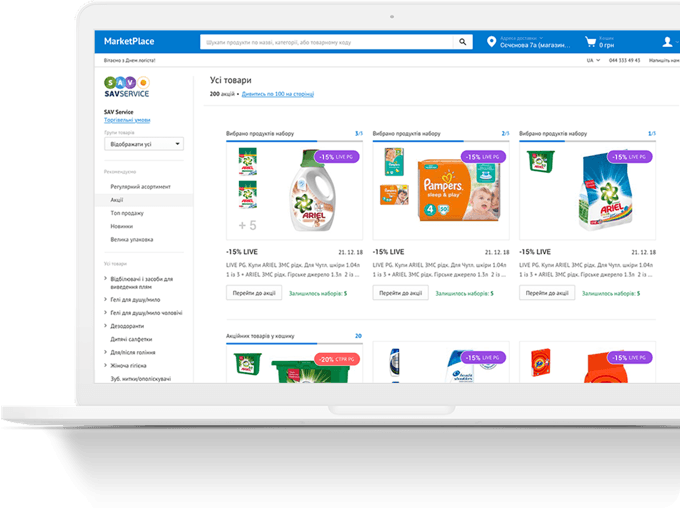
Related Insights
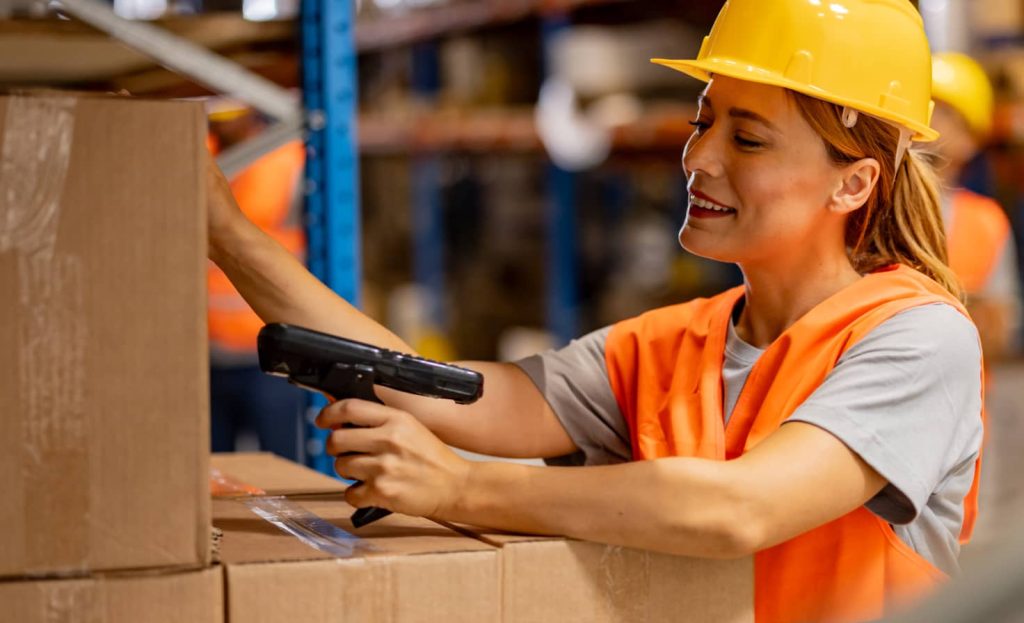
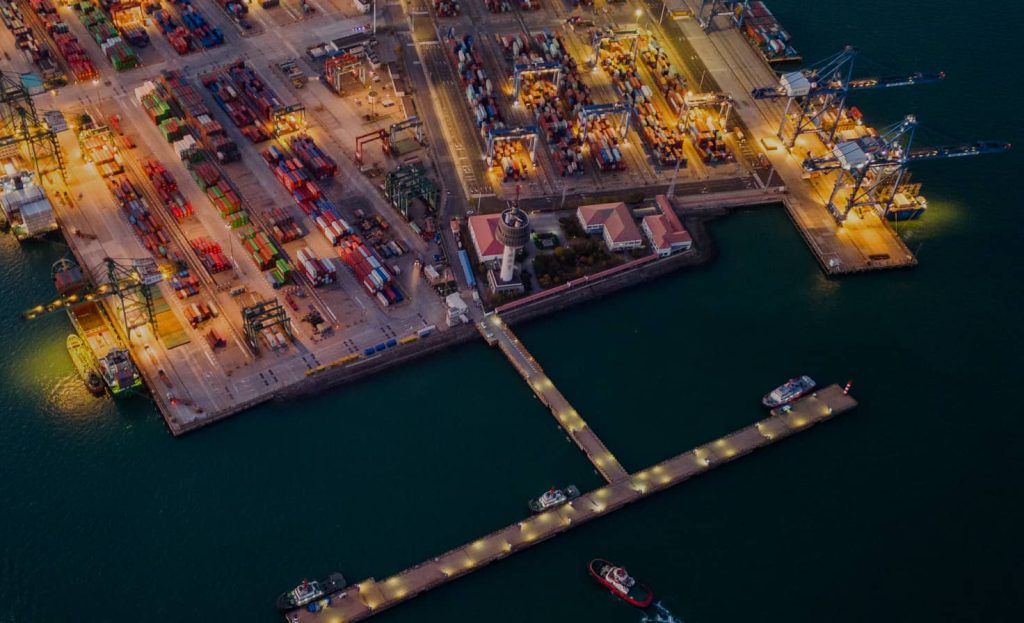




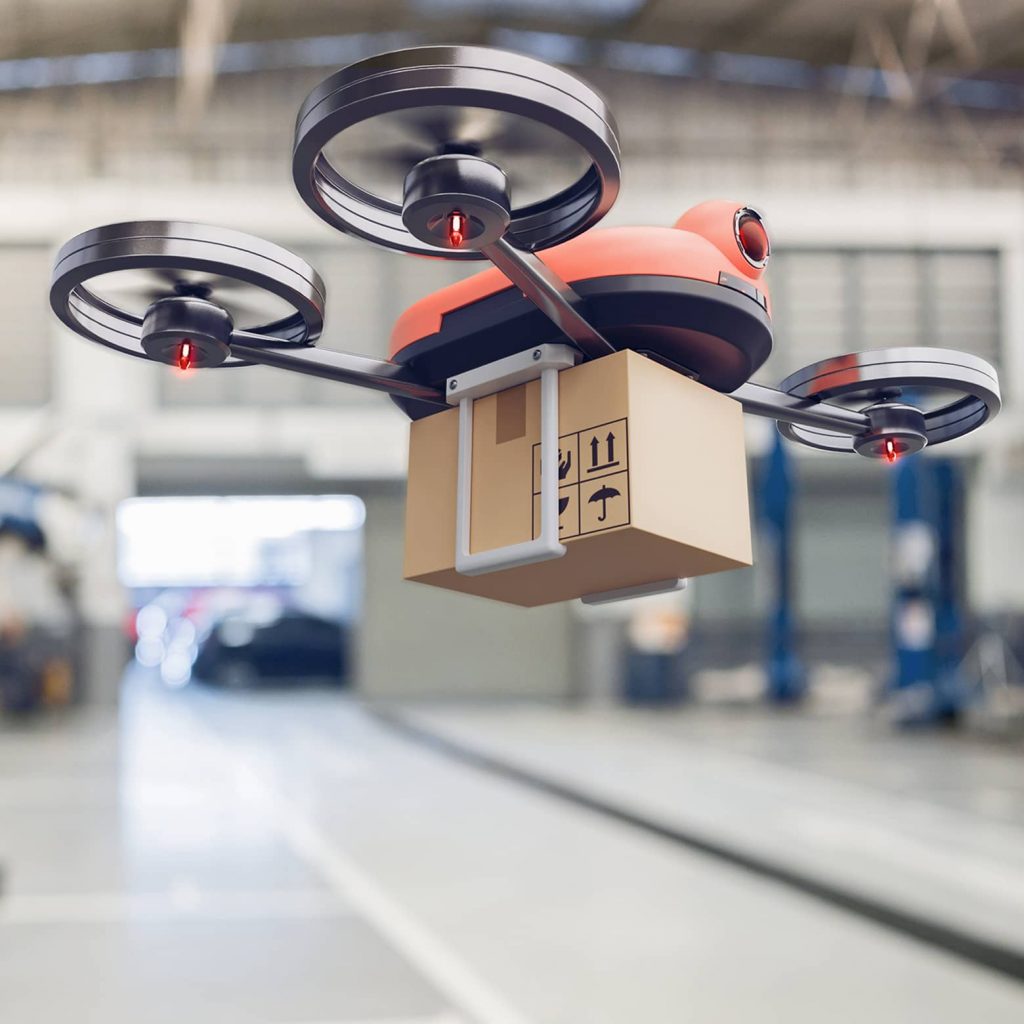
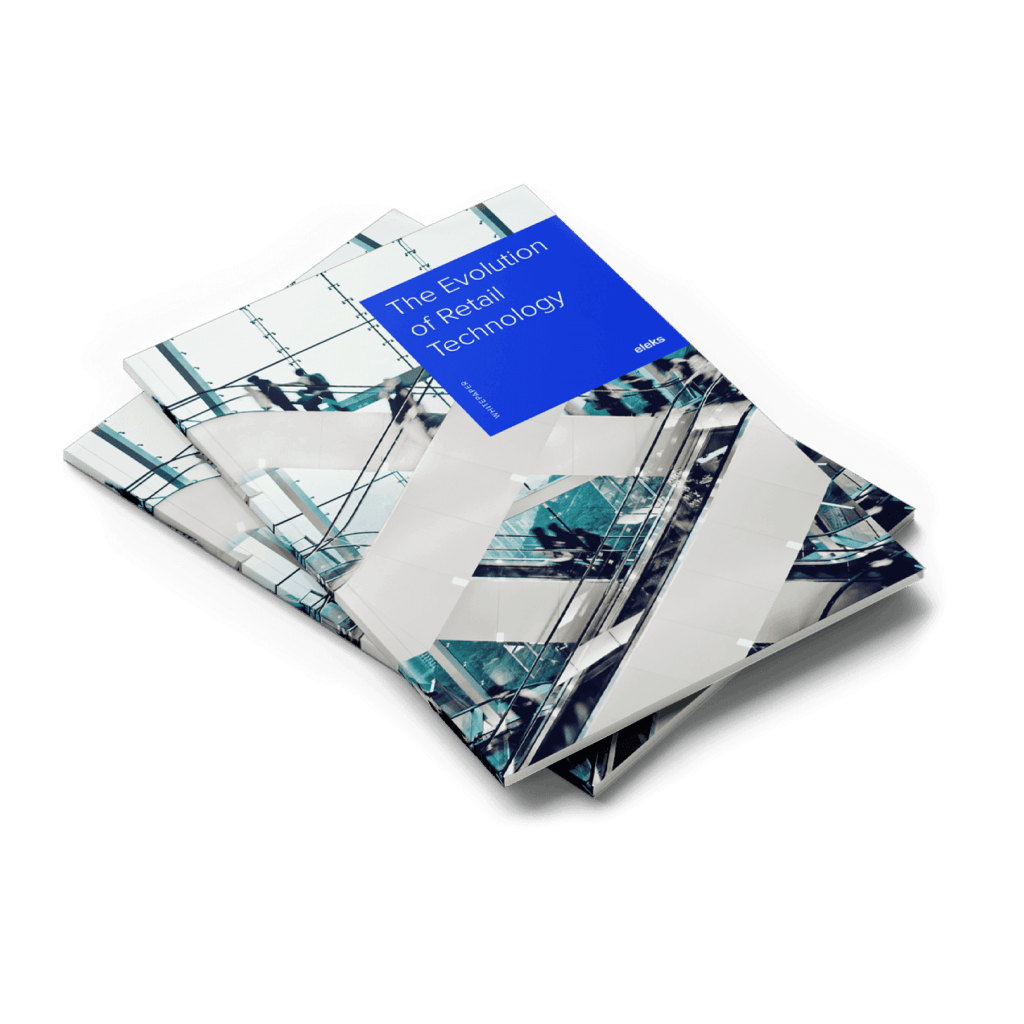
The breadth of knowledge and understanding that ELEKS has within its walls allows us to leverage that expertise to make superior deliverables for our customers. When you work with ELEKS, you are working with the top 1% of the aptitude and engineering excellence of the whole country.

Right from the start, we really liked ELEKS’ commitment and engagement. They came to us with their best people to try to understand our context, our business idea, and developed the first prototype with us. They were very professional and very customer oriented. I think, without ELEKS it probably would not have been possible to have such a successful product in such a short period of time.

ELEKS has been involved in the development of a number of our consumer-facing websites and mobile applications that allow our customers to easily track their shipments, get the information they need as well as stay in touch with us. We’ve appreciated the level of ELEKS’ expertise, responsiveness and attention to details.

